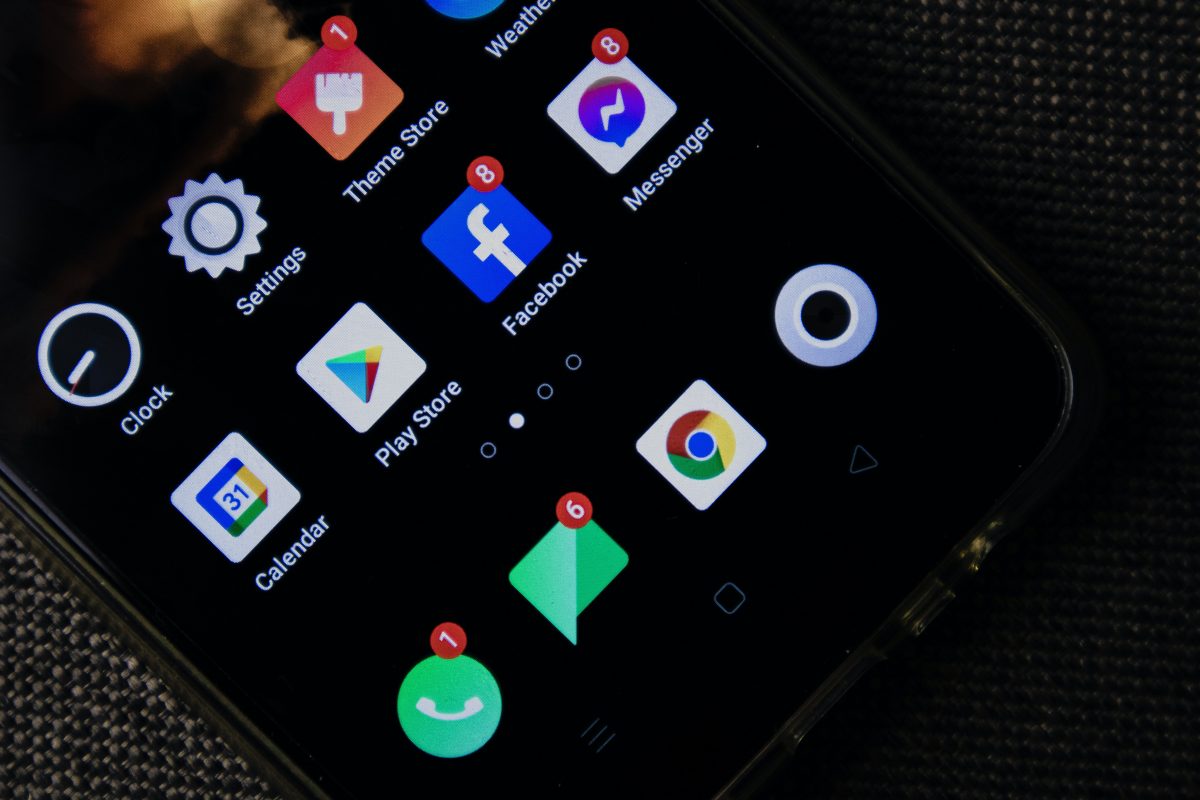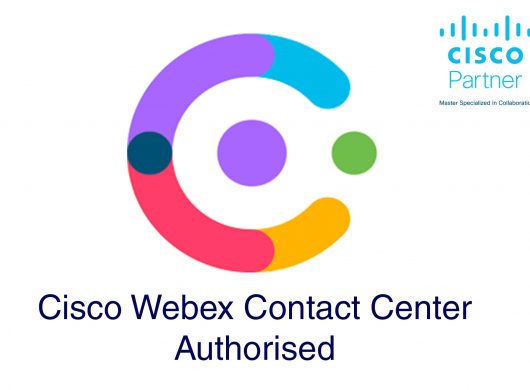Many Australian brands remain notorious for keeping customers on hold in outdated customer contact centres.
Regardless of age, the number one reason a customer will speak negatively about a brand is poor customer experience (CX), not a poor product or service itself. CX is so important, 70% of customers would pay more if they knew they would receive a convenient experience.
While Baby Boomers, Gen Xers and Millennials all agree on the importance of CX, what they want from their experience differs based on their tech familiarity and fears. Catch up – and keep up – with each generation’s expectations for customer care by leveraging the latest collaboration services to deliver win-win CX for business and customers.
Baby Boomers (1946-1964)
With a penchant for the ‘good old days’ and persistent tech trepidation, Baby Boomers often prefer face-to-face or call conversations. They would never consider using a social channel for ‘sensitive’ transactions like financial transfers. They like the challenge of trying to fix issues themselves, but if they can’t manage the new technology themselves, they expect a resolution within 24 hours.
What they want from their CX:
- To speak to a ‘real’ person on the phone
- Respectful, prompt and precise solutions
- Polite and professional language
- Loyalty rewards and discounts – 76% won’t pay full price for products across categories like home appliances, furniture, smartphones and vehicles.
Gen X (1965-1980)
Commonly referred to as the ‘lost generation’, Gen X actually outspends all other generations. Straight-forward, task-oriented and thorough researchers, they rely on online resources like social media and reviews. They are still wary of social media and scared of fraud – particularly text message legitimacy – so they rely on contact centres for peace of mind.
What they want from their CX:
- Online, 24/7 customer support for everyday issues – 53% say that real-time help powered by AI has had the most positive impact on brand perceptions and loyalty
- Availability of traditional contact centre available for sensitive matters – e.g. querying potential scams
- Easy access to knowledge of products and services, including social media proof and reviews
- Honesty, transparency and loyalty rewards.

Millennials (1981-1995)
Stereotypically prone to avocado toast and selfies, Millennials value a frictionless, personalised experience. They’ve been raised online, so have their own inbuilt spam filter to ignore fraudulent text messages or requests for credit card details.
What they want from their CX:
- A responsive site that loads in under two seconds, has a streamlined checkout process and 24/7 online chat support
- Personalised product recommendations based on buying and browsing history – 97% are more likely to continue shopping on a website that offers a personalised experience
- Self-sufficiency with online resources and FAQs to do their own research and troubleshooting.
With such vastly different requirements from each generation, how do you adapt the modern contact centre across these generations?
One such way is to treat your contact centre as an engagement centre rather than a cost centre for managing inbound complaints. Look to leverage modern collaboration services that enable an omni-channel CX that caters across generations; channels don’t start and stop as generations come and go. Long-existing channels, like phones, are so entrenched their use remains stable even as other channels emerge and grow.
Prioritise the functionality that is sought after by all generations: Personalisation. In 2023, all age groups expect you to know who they are, what they need and provide it when and where they want it. Deliver it at scale with AI – Gen X (53%) and Baby Boomer (60%) respondents indicated AI-powered real-time help has the greatest positive impact on how they view a brand.

What about mobile apps?
Gartner predicts that 80% of service organisations will abandon mobile apps by 2025 because most organisations simply don’t see the ROI anymore. More ways to interact is not always better, and brands have more access to the functionality apps were addressing through native messaging solutions, including Twitter, Facebook Messenger and WhatsApp.

The channels of choice for engagement
- Native, such as your own website or owned channels
- Inbound voice
- Social accounts
- Messenger platforms
- User login
With so many channels to wrangle, it pays to consider how you will integrate them for a frictionless customer experience.
As Cisco explains, “Today, customers want to reach out at any time, and not only through voice but also via any digital channel. Sometimes they want to interact directly with a live agent, sometimes they just want to message with an intelligent virtual agent for a quick response (the key word here being intelligent).”
Cisco Webex Connect is the engine that powers all digital channels in Webex Contact Centre, giving companies the ability to orchestrate omnichannel, connected customer journeys.

A gold-certified collaboration expert with multi-vendor capabilities
Improved collaboration can shorten customer service cycles, engaging customers of all generations via a truly omnichannel CX. Outcomex has been a leader in the design, implementation, and integration of highly critical collaboration services for contact centres since 2006, leveraging the latest Cisco technology including Webex Contact Centre.
Outcomex is a Cisco Gold Partner with Master Collaboration Specialisation, and a Microsoft Gold Partner with Gold Communications competency.

Reach every generation and lead the revolution in customer care with Outcomex and Cisco.



